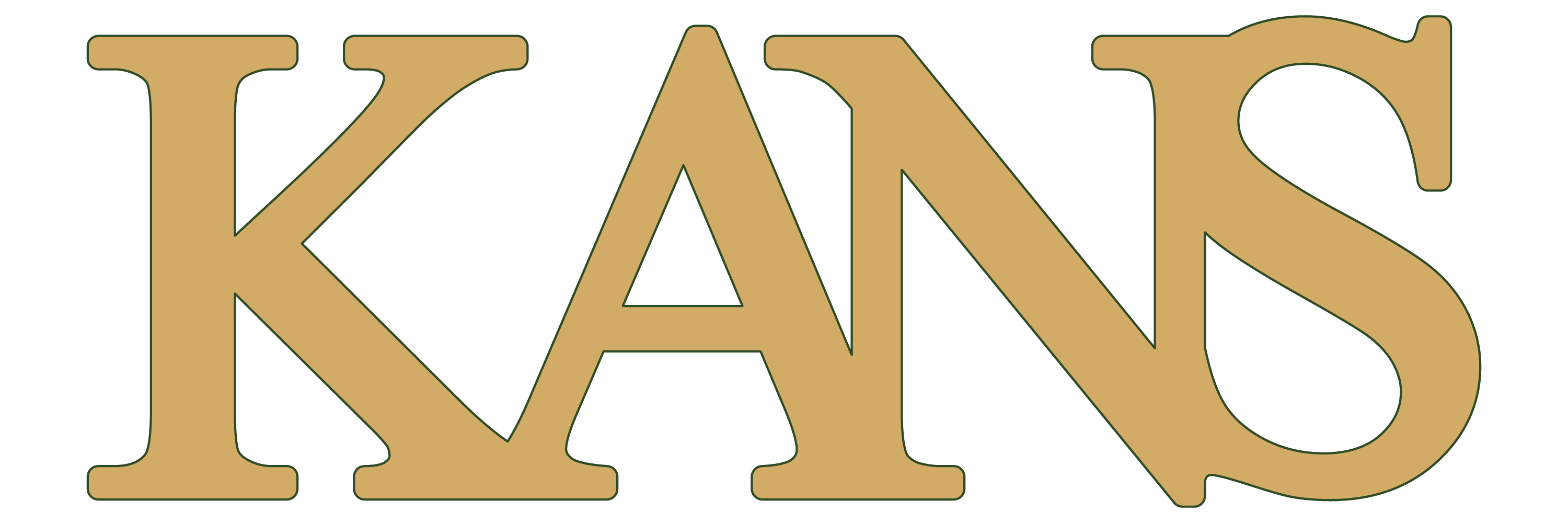In lead smelters, rotary kilns are used to melt the input feed ( concentrate, lead sulfate, battery soil and all soils with acceptable lead grade). Depending on their nature, these foods often contain between 50 and 80 percent lead. According to international standards, the amount of lead in slag from the melting of incoming soil in rotary kilns should not be more than 1.5 to 2%. The purpose of this set is to provide a suitable, engineered and feasible solution to reduce the lead grade in the tailings of the rotary kiln.
The Challenge:
- Minimizing the consumption of additives,
- minimize melting time,
- prevent lead oxidation,
- prevent the use of additives that could damage the refractory furnace,
- avoid methods that reduce the efficiency of lead extraction,
- maximum lead extraction efficiency along with economic efficiency,
- avoid methods that are inconsistent with the implementation of the first proposal

Zarrin Industrial & Mining Group
Islamic Republic of Iran
